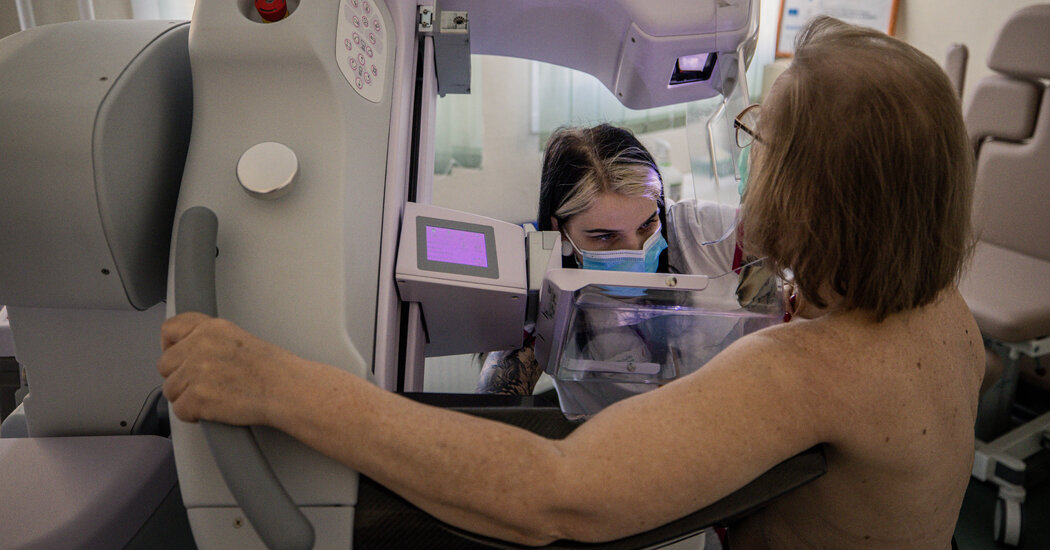Don’t Ban ChatGPT in Schools. Teach With It.
“Am I even necessary now?” he asked me, only half joking.
Some schools have responded to ChatGPT by cracking down. New York City public schools, for example, recently blocked ChatGPT access on school computers and networks, citing “concerns about negative impacts on student learning, and concerns regarding the safety and accuracy of content.” Schools in other cities, including Seattle, have also restricted access. (Tim Robinson, a spokesman for Seattle Public Schools, told me that ChatGPT was blocked on school devices in December, “along with five other cheating tools.”)
It’s easy to understand why educators feel threatened. ChatGPT is a freakishly capable tool that landed in their midst with no warning, and it performs reasonably well across a wide variety of tasks and academic subjects. There are legitimate questions about the ethics of A.I.-generated writing, and concerns about whether the answers ChatGPT gives are accurate. (Often, they’re not.) And I’m sympathetic to teachers who feel that they have enough to worry about, without adding A.I.-generated homework to the mix.
But after talking with dozens of educators over the past few weeks, I’ve come around to the view that banning ChatGPT from the classroom is the wrong move.
Instead, I believe schools should thoughtfully embrace ChatGPT as a teaching aid — one that could unlock student creativity, offer personalized tutoring, and better prepare students to work alongside A.I. systems as adults. Here’s why.
It won’t work
The first reason not to ban ChatGPT in schools is that, to be blunt, it’s not going to work.
Sure, a school can block the ChatGPT website on school networks and school-owned devices. But students have phones, laptops and any number of other ways of accessing it outside of class. (Just for kicks, I asked ChatGPT how a student who was intent on using the app might evade a schoolwide ban. It came up with five answers, all totally plausible, including using a VPN to disguise the student’s web traffic.)


